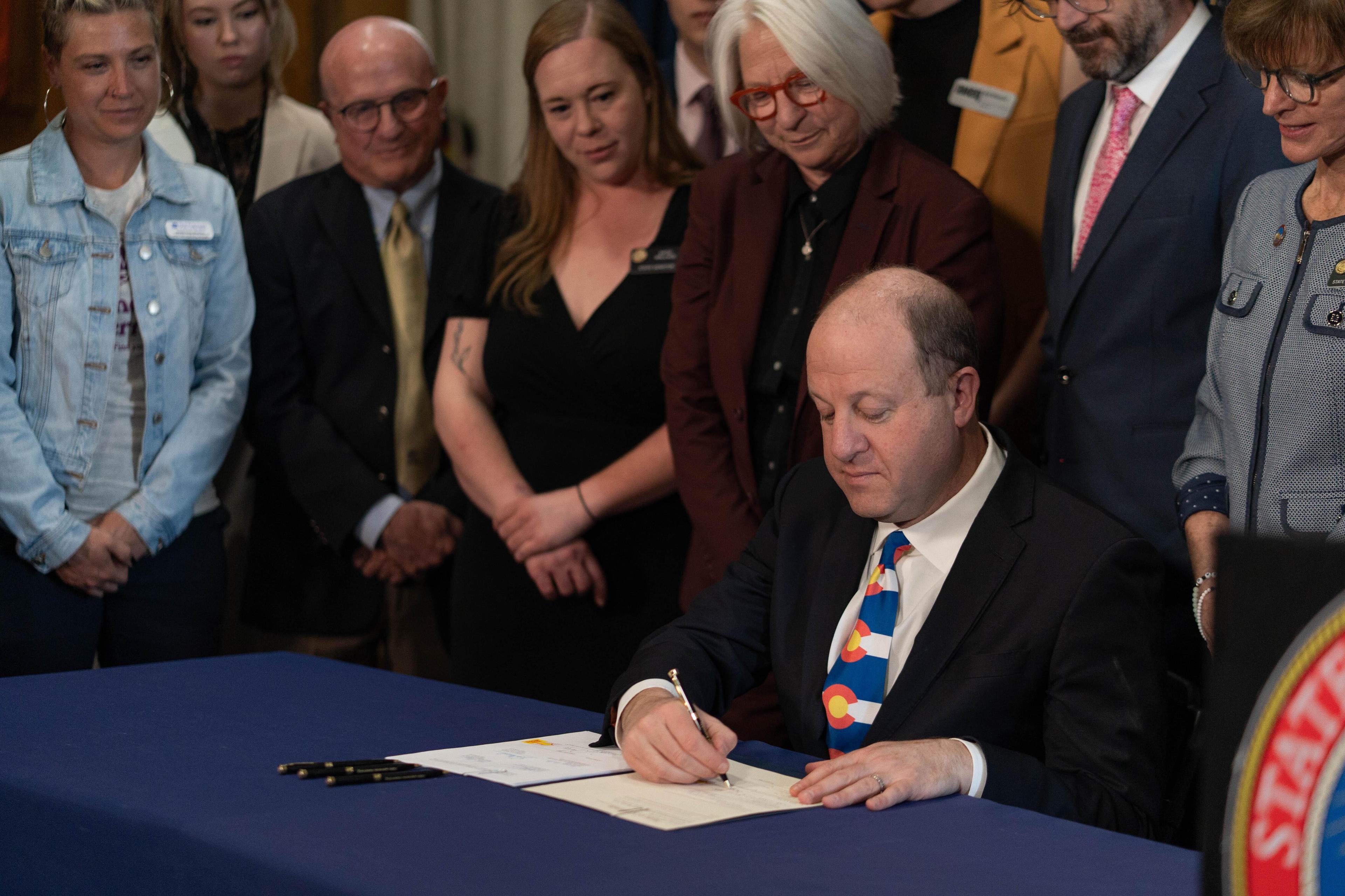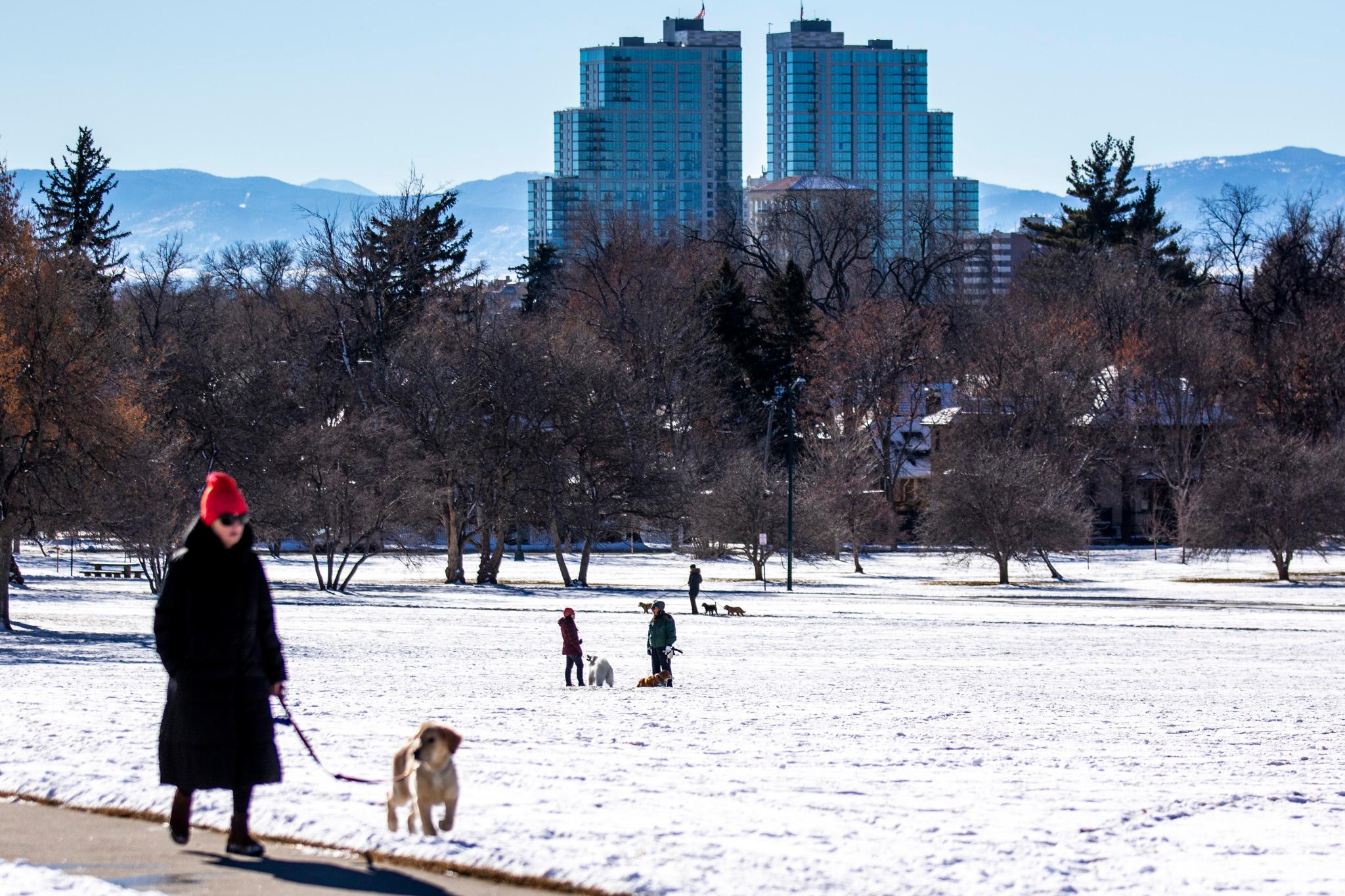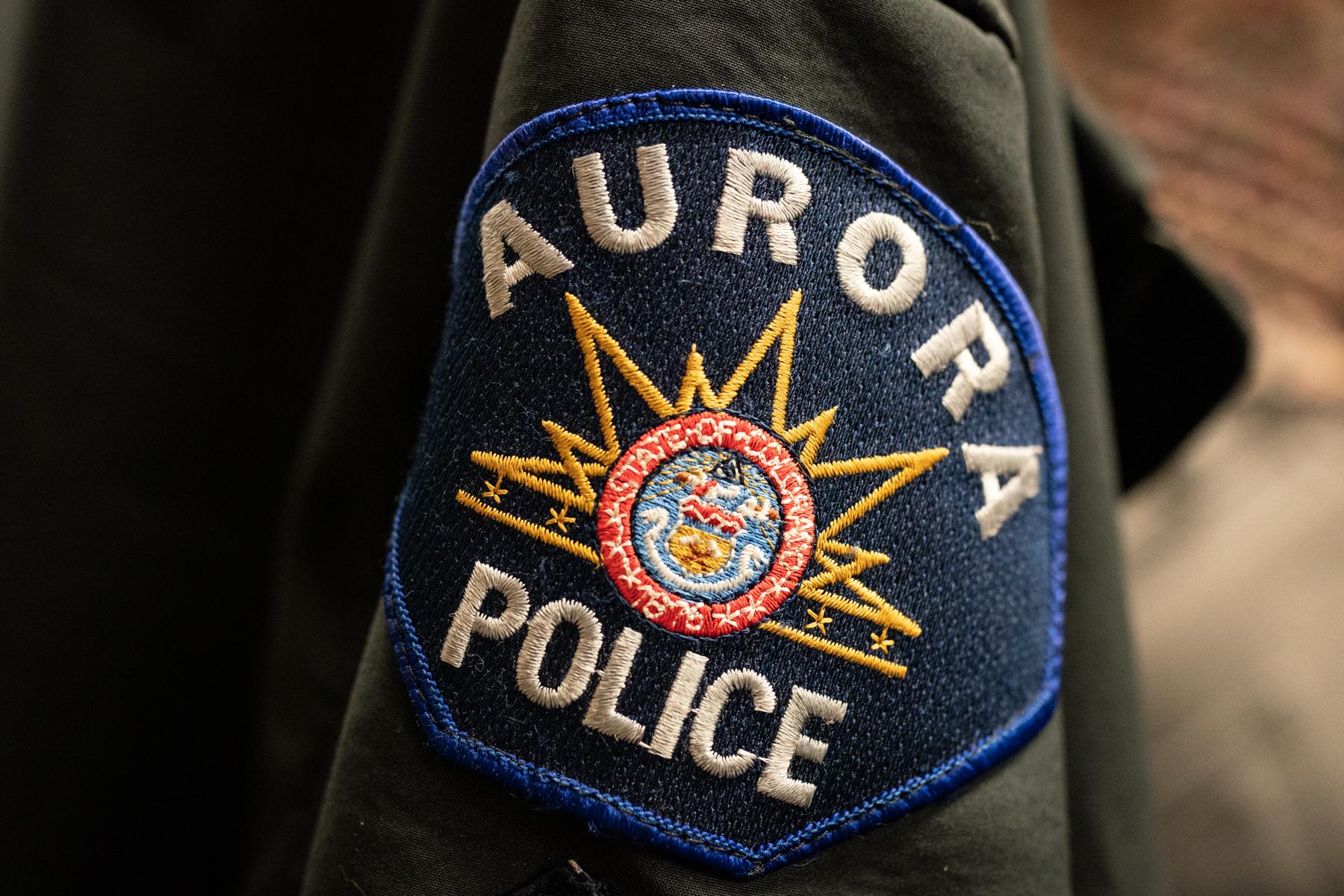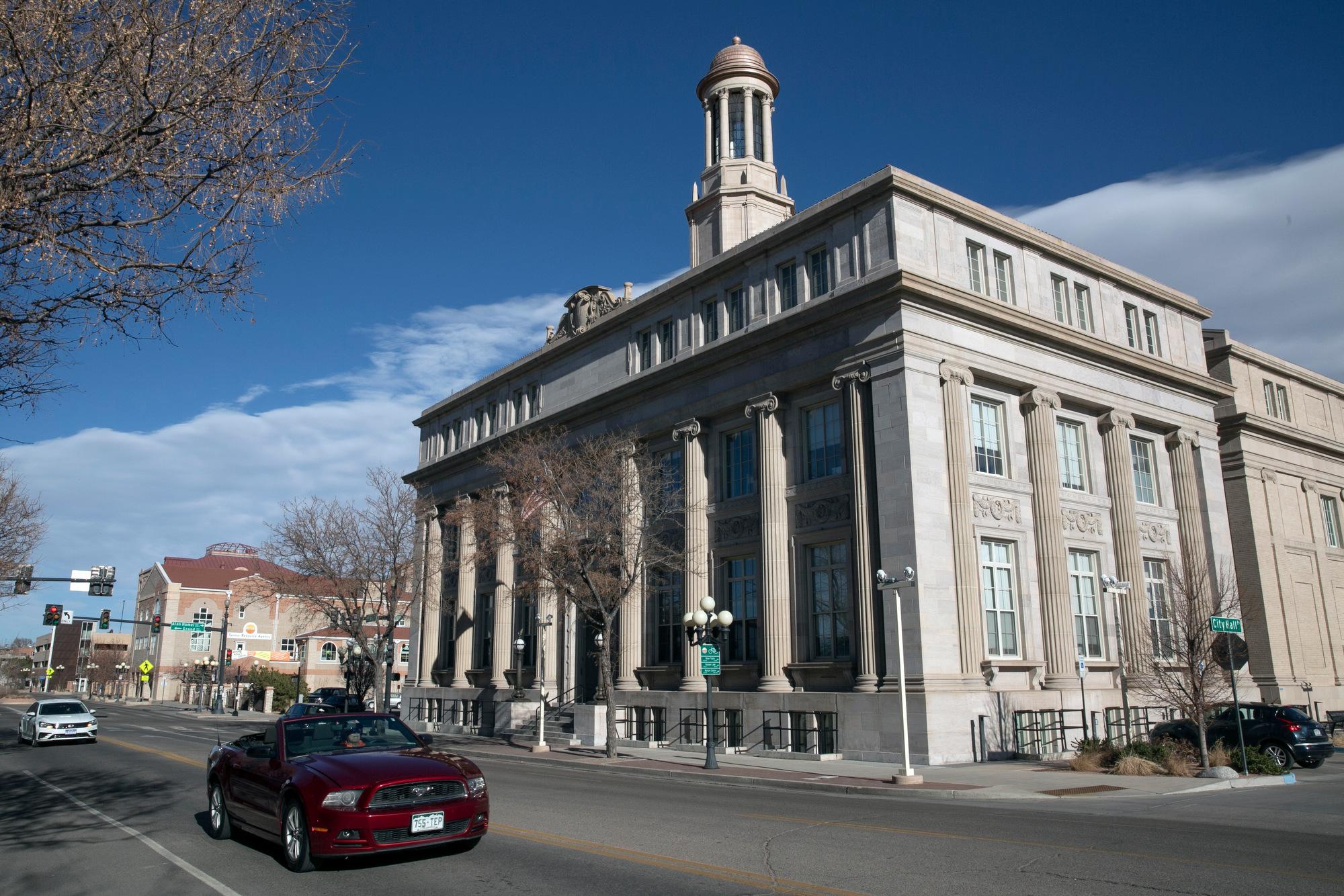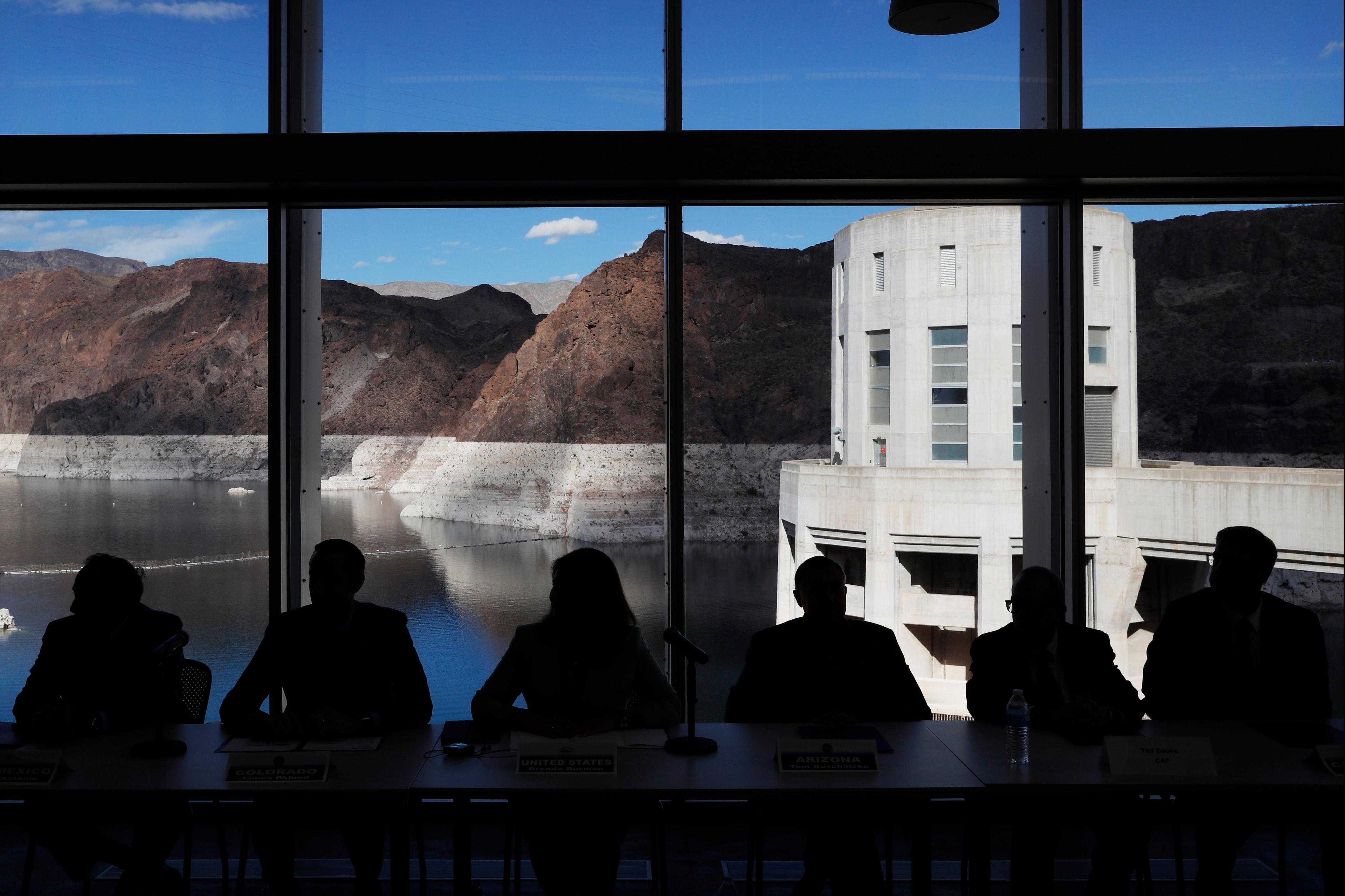

Federal, state and tribal water managers are marking the completion of a long-negotiated plan for 40 million people and vast irrigated farms to share crucial Colorado River water despite the ongoing drought in the Southwest.
Bureau of Reclamation chief Brenda Burman, Interior Department officials and representatives from seven states including Colorado met Monday at Hoover Dam to commemorate an agreement spurred by nearly 20 years of drought and shrinking reservoirs.
“With this agreement, we've worked together to add a new chapter to the law of the river, but our work is not done,” Burman said. “Today we start to implement these historic agreements and during the next seven years, the remaining period of the interim guidelines, we will gain actual operating experience that will inform our next steps and guide future decisions on the Colorado River.”
President Donald Trump signed the so-called "drought contingency plan" last month.
“Adoption of the DCP today offers a more reliable future for all resources that depend on the Colorado River: municipal, agricultural, hydropower production, recreation and the environment,” Burman said.
Arizona, California, Colorado, Nevada, New Mexico, Utah, Wyoming and Mexico are affected.
The agreement aims to keep the Lake Mead and Lake Powell reservoirs from getting so low they can't produce hydropower or deliver water for cities including Los Angeles, San Diego, Phoenix and Las Vegas.
“We know we have even greater challenges ahead but I'm quite confident, based on my career experience, that this basin will continue to find solutions that protect our national treasures, our riparian resources, our farms and our cities,” Burman said.
The Associated Press contributed to this report.

